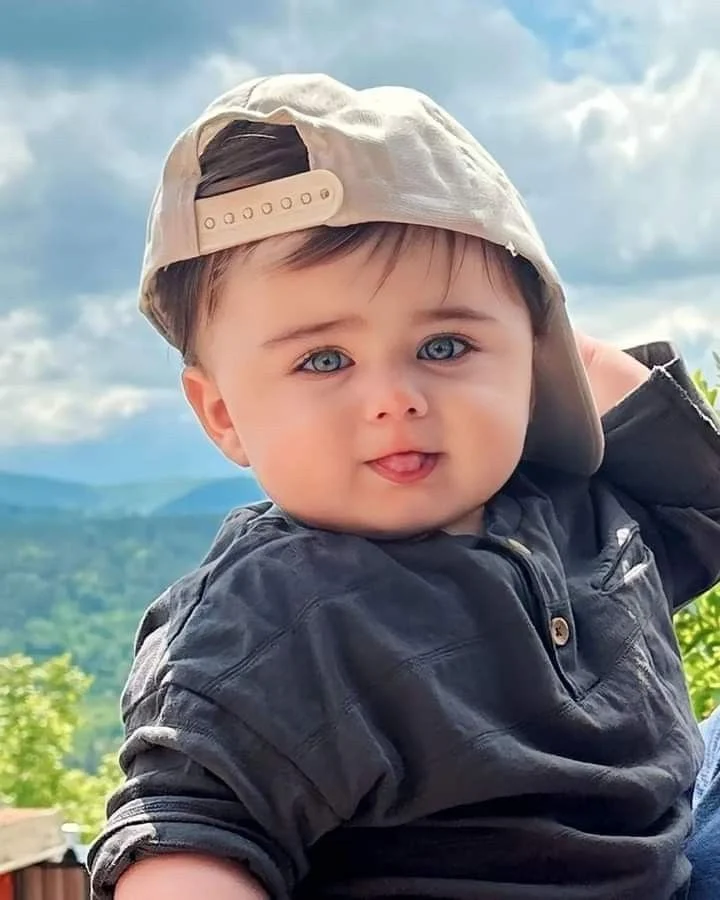A Letter to My 16-Year-Old Mom, With Love:
For five long years, I dreamed of becoming a mother. My days were filled with medical appointments, hormone treatments, and countless disappointing tests. There were many tears shed along the way, not to mention heartache. The word that haunted me during that time was “barren,” evoking the image of a desolate wasteland devoid of life.
But I am incredibly fortunate. Nine years ago, my miracle arrived. His name is Ethan, and he’s the most extraordinary person I’ve ever known.
My own entry into this world couldn’t have been more different. It was neither planned nor celebrated. For my mother, it was a life-altering event. Just 36 hours after her 16th birthday, she went into labor. My father, also just 16, was by her side. It was 1974, merely a year after the landmark Roe v. Wade decision. While societal views were shifting, being a teenage mother with an unwed pregnancy still carried a heavy stigma. When I read Hawthorne’s The Scarlet Letter, the word that came to mind regarding my teenage mother was “ignominious.”
She was reluctant to even acknowledge her pregnancy, hiding under loose-fitting tops that were fashionable at the time—keeping her secret for five months. My grandmother, only 39 and already a busy working mom of five, was understandably overwhelmed.
To protect my mother, she was pulled out of school and kept mostly indoors, with the exception of doctor visits. Both sets of grandparents agreed that adoption was the best course of action—keeping everything as quiet as possible.
When my mother went into labor at Mt. Holly Memorial Hospital in New Jersey, she remained silent. The hospital’s policy only permitted spouses in the delivery room, and since my parents weren’t married, she was completely alone—no parents, no friends, no support. Afraid to make a sound, she endured labor for over a day, surrounded by disapproving nurses, until an emergency C-section was performed. I cannot fathom the solitude she experienced.
Reflecting on my own adolescence, I remember how insecure I felt about my blossoming body, a time I wasted on self-criticism. My mother, however, never had the chance to enjoy her own youthful beauty. Her life altered dramatically; instead of a time filled with promise, pregnancy left her with deep stretch marks and a C-section scar she hated. I’ve always thought she was beautiful, but I’ve also seen how much her scars troubled her.
Unlike many teen mothers, my family chose to keep me. When we returned home, my 8-year-old aunt, unaware of my mother’s pregnancy, adorably exclaimed, “She’s cute. Can we keep her?” Within six weeks, my parents were married. My mother completed her education through an alternative program, while my father obtained his GED and found work. Until I turned 9, I was raised in a bustling household filled with aunts, uncles, grandparents, and even great-grandparents. It truly was a collective effort.
My grandmother filled both maternal and grandmotherly roles, making parent-teacher conferences a bit perplexing. We weren’t a “non-nuclear family” in a trendy way; there was still a lingering scandal to navigate.
As I grew older, I realized the significance of our shared experiences—mother-daughter canoe trips, adventures at Disney World, indulgent funnel cakes on the Ocean City boardwalk, and lazy beach days were just as beneficial for her as they were for me. She often seemed like a child herself, determined to ensure I had a joyful childhood. (I was the Pearl to her Hester.) I remember watching her get ready, admiring how she dressed up, thinking that none of my friends had mothers as young and beautiful as mine.
Being raised by a mother who was still figuring out her own life was certainly a rollercoaster ride. The learning curve was steep, but the love was ever-present. In many ways, we grew up side by side. I’ve often measured time in relation to my role in her life.
When I turned 16, I couldn’t fathom the weight of caring for a small human being. Social events were replaced by sleepless nights. When I was 17 and applying for colleges, I realized my mother’s aspirations were hindered not just by societal expectations but also by her responsibilities to me. The idea of “marrying well” with an impending divorce, stretch marks, and a newborn was far from ideal.
At 19, I found myself plucking gray hairs from my mother’s head during a drive back to my college dorm. At 35, she seemed too youthful to have any gray hair. Little did I know, mine would start sprouting at 25.
By 21, I could have been raising a 5-year-old who could write complete sentences, but instead, I was off on a road trip to the Yukon with a guy I had just met. At 32, after years of trying for my own child, I still hadn’t become a mother. The thought of having a 16-year-old was unfathomable, let alone becoming a grandmother at that age. I felt as if my life was only just beginning.
By the time I reached 40, I often thought about my grandmother and how she felt when I was born. Did she worry about her child’s future, just as I did about mine?
My mother and I have joked about wearing orthopedic shoes together, about growing older side by side. In many ways, we have navigated life together. She has been a mother, a sister, and a friend to me. I’m beyond grateful to be her daughter. I am so proud of my teenage mother.
For more insights on pregnancy and home insemination, check out this excellent resource from the CDC. If you’re exploring options, consider learning about the at-home insemination kit from Make a Mom.
In summary, this heartfelt letter reflects on the journey of growing up alongside a young mother, embracing the challenges and joys that came with it. It highlights how love can flourish amidst adversity, and the unique bond formed through shared experiences.
